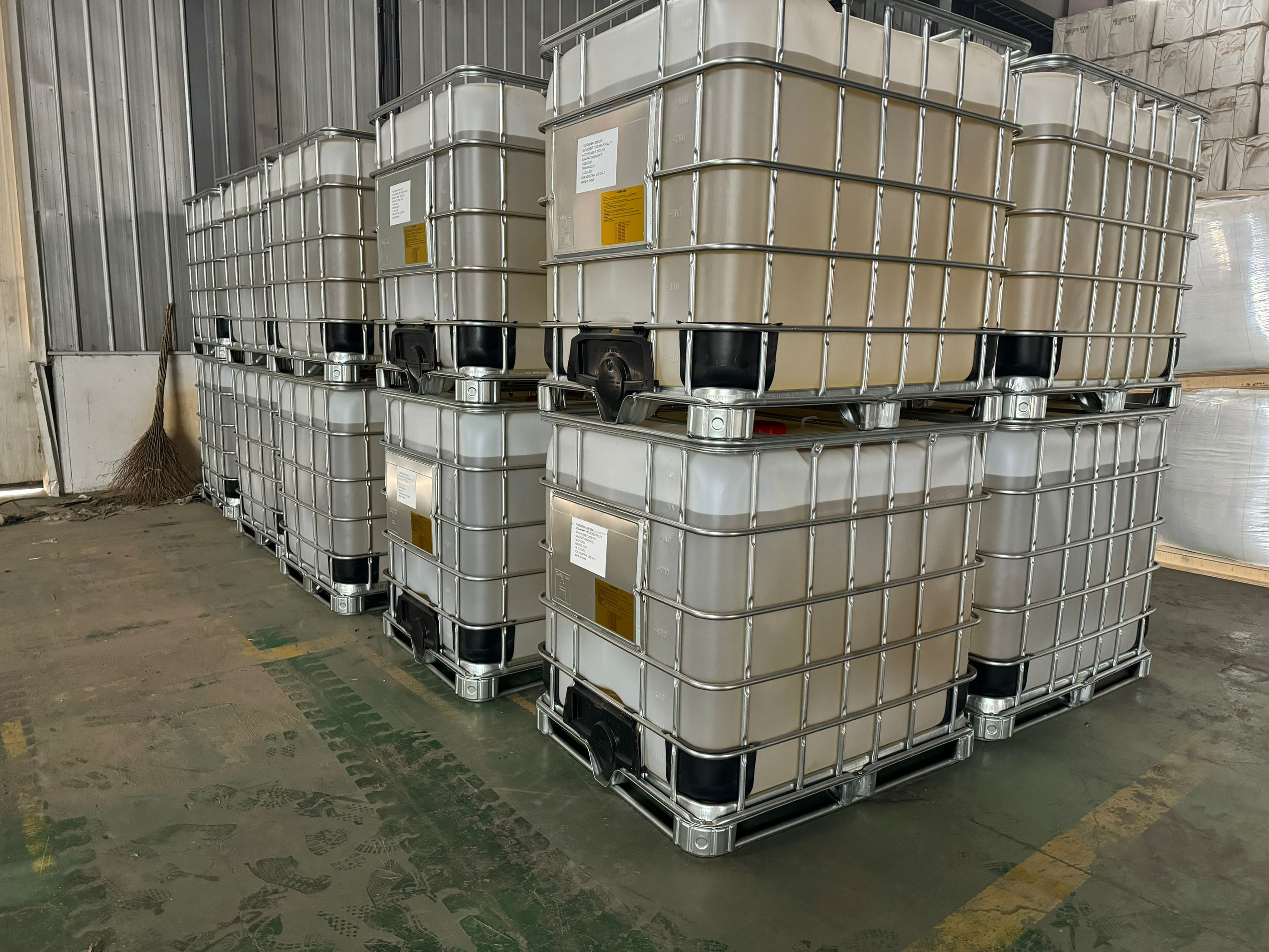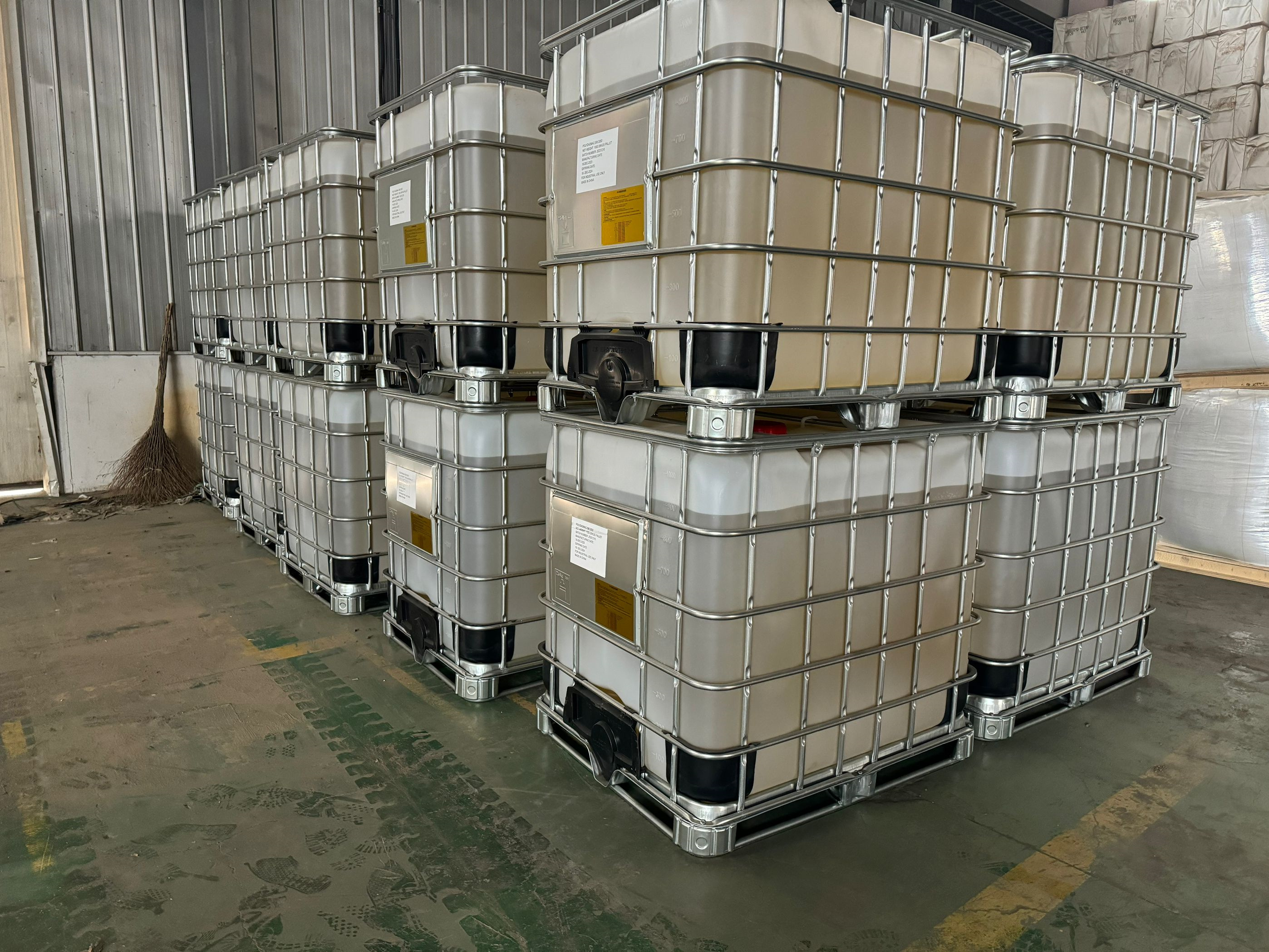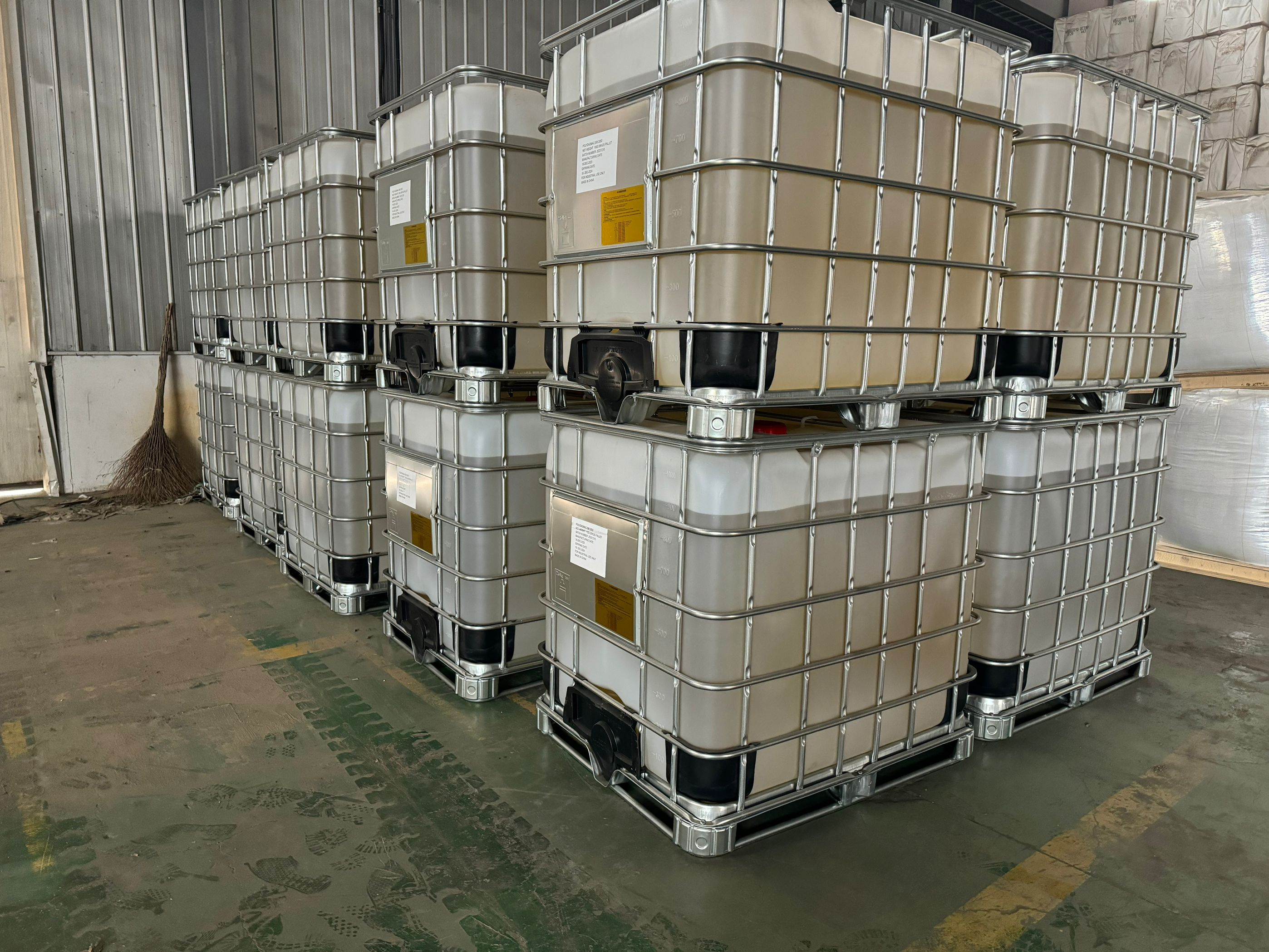Polyamines are organic compounds that contain two or more amine groups (-NH2) within their molecular structure. These compounds are crucial in both biological systems and industrial applications due to their unique chemical properties, particularly their ability to bind with negatively charged molecules.
Reliable polyamine manufacturer polyamine suppliers in china
Color
- light yellow
Application
- water treatment ,mineral processing
Certificate
- ISO9001 ,ISO14001
Place of Origin
- China
Other Names
- polyamine
Brand Name
- asiafloc
Usage
- water treatment ,mineral processing .textile
Polyamines are organic compounds that contain two or more amine groups (-NH2) within their molecular structure. These compounds are crucial in both biological systems and industrial applications due to their unique chemical properties, particularly their ability to bind with negatively charged molecules. The presence of multiple amine groups in polyamines gives them a high cationic charge, making them highly reactive and versatile in various environments.
Understanding Polyamines: Structure and Types
Polyamines are classified based on the number of amine groups and the arrangement of these groups within the molecule. Common naturally occurring polyamines include putrescine, spermidine, and spermine, which are found in all living cells and play essential roles in cellular processes. These polyamines stabilize DNA, regulate gene expression, and are involved in cell growth, differentiation, and apoptosis.
Synthetic polyamines are engineered to suit specific industrial needs and can have varying molecular weights, degrees of polymerization, and functional groups. The versatility of synthetic polyamines allows them to be tailored for a wide range of applications, from water treatment to agriculture.
Main Applications of Polyamines
The unique properties of polyamines, particularly their cationic nature, make them useful in numerous industrial processes. Below are the primary applications of polyamines:
1. Water and Wastewater Treatment
One of the most significant applications of polyamines is in water and wastewater treatment, where they are used as coagulants and flocculants.
Coagulation and Flocculation:In water treatment, polyamines are employed to remove suspended solids, organic matter, and other impurities. Their cationic nature allows them to neutralize negatively charged particles, such as clay, silt, and organic matter, causing these particles to aggregate into larger clumps or flocs. These flocs can then be easily removed from the water by sedimentation, filtration, or flotation.
Color Removal:Polyamines are also used to remove color from industrial wastewater, particularly from textile and dyeing operations. By binding with dye molecules, polyamines facilitate the precipitation of these dyes, resulting in clearer effluent that can be discharged or further treated.
Heavy Metal Removal:Polyamines can chelate or bind with metal ions, making them effective in removing heavy metals from wastewater. This is particularly important in industries like mining and metal plating, where heavy metals such as lead, mercury, and cadmium are common pollutants.
2. Paper and Pulp Industry
Polyamines play a crucial role in the paper and pulp industry, where they enhance the quality of paper products and improve the efficiency of the manufacturing process.
Retention Aids:Polyamines are used as retention aids to ensure that fine particles, fillers, and fibers are retained within the paper sheet during formation. This improves the strength, uniformity, and overall quality of the paper while reducing the loss of raw materials into the wastewater.
Dry and Wet Strength Agents:Polyamines help enhance the dry and wet strength of paper products. By improving the bonding between fibers, they produce paper that is more durable and resistant to tearing, even when exposed to moisture.
Pitch Control:Pitch, a sticky substance derived from wood resins, can cause operational problems in papermaking by depositing on machinery. Polyamines help stabilize pitch particles, preventing them from agglomerating and sticking to equipment, thus improving production efficiency and reducing maintenance costs.
3. Oil and Gas Industry
In the oil and gas industry, polyamines are used in several critical applications, particularly in drilling operations, enhanced oil recovery, and corrosion inhibition.
Shale Inhibition:Polyamines are added to drilling fluids to stabilize shale formations encountered during drilling operations. These formations can swell and disintegrate when they absorb water, leading to wellbore instability. Polyamines reduce water uptake by shale, maintaining wellbore integrity and ensuring smoother drilling operations.
Corrosion Inhibition:Polyamines serve as corrosion inhibitors by forming a protective film on metal surfaces, preventing corrosive substances from causing damage. This application is crucial in extending the lifespan of equipment and reducing maintenance costs in the oil and gas industry.
Enhanced Oil Recovery (EOR):Polyamines are used in EOR techniques to improve the extraction of oil from reservoirs. By reducing the interfacial tension between oil and water, polyamines facilitate the mobilization of trapped oil, enhancing recovery rates from mature or challenging reservoirs.
4. Textile Industry
The textile industry relies on polyamines for processes such as dyeing, finishing, and wastewater treatment.
Dye Fixation:Polyamines are used as dye fixatives to improve the binding of dyes to fabrics. Their cationic nature ensures that they can bond effectively with negatively charged dye molecules, resulting in fabrics with improved color fastness and resistance to washing.
Antistatic Agents:Static electricity can cause problems during the processing of synthetic fibers, such as dust attraction and fabric cling. Polyamines are used as antistatic agents to reduce the buildup of static charge on fibers, improving the handling and quality of textiles.
Textile Wastewater Treatment:Polyamines are employed in the treatment of wastewater generated by the textile industry. They help remove color, reduce chemical oxygen demand (COD), and precipitate suspended solids, ensuring that effluents meet environmental standards before being discharged.
5. Personal Care Products
In the personal care industry, polyamines are valued for their properties as conditioning agents, film-formers, and stabilizers.
Hair Care Products:Polyamines are used in shampoos, conditioners, and other hair care products to improve hair manageability, reduce frizz, and enhance shine. They form a protective film on the hair strands, making the hair easier to style and more resistant to environmental damage.
Skincare Products:In lotions, creams, and sunscreens, polyamines act as film-formers that create a smooth, even layer on the skin. This layer helps lock in moisture, protect the skin from environmental damage, and improve the stability and texture of the product.
Deodorants and Antiperspirants:Polyamines are used in deodorants and antiperspirants to enhance the performance of active ingredients and improve the application properties of the product. They help in stabilizing the formulation, ensuring that the product remains effective throughout the day.
6. Agriculture
Polyamines have several applications in agriculture, where they are used as soil conditioners, plant growth regulators, and components of fertilizers.
Soil Conditioning:Polyamines improve soil structure, enhance water retention, and promote root development. This leads to healthier plants and increased crop yields, making polyamines valuable in modern agricultural practices.
Plant Growth Regulation:Polyamines influence various physiological processes in plants, including cell division, flowering, and fruit development. By applying polyamines as growth regulators, farmers can enhance crop quality, improve resistance to environmental stresses, and increase productivity.
Fertilizer Formulations:Polyamines are also used in the formulation of fertilizers, where they help stabilize nutrients and improve their availability to plants. This results in more efficient nutrient uptake and better overall crop health.






